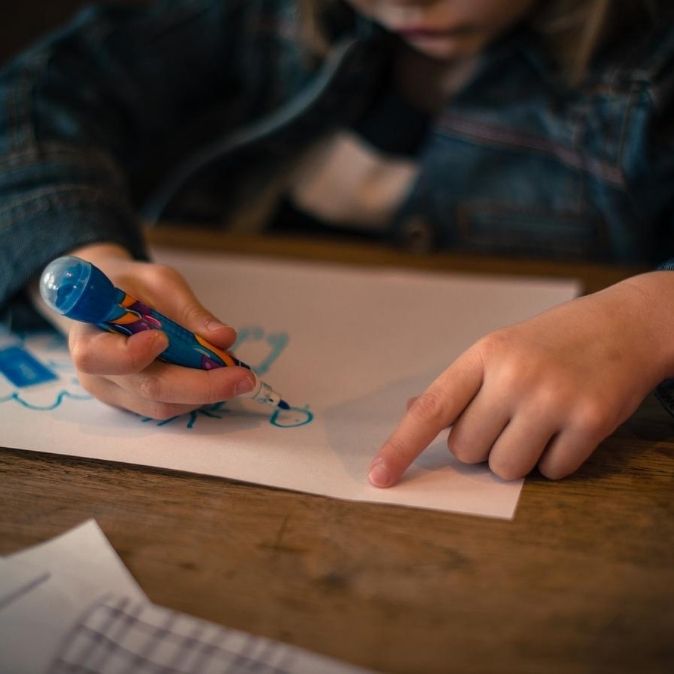|
A simple chemical trick to revive and recycle dried markers. Tags: #chemistry #useful chemistry #recycling #miniexperimentforkids #homelab #littlecuriousminds From the very beginning, when children start drawing and colouring, they adore markers. We bought crayons and colouring pencils at home for our nieces, but they soon explained: "We have markers in the kindergarten." And this was not a statement, but a hidden message. ;) Why such fascination with markers is still a mystery to me today. Maybe because they look better on paper? Or because of the smell of the marker, some children really like it's smell? I thought to myself, let's try markers as our little ladies have not asked for something extravagant. I myself love a variety of school, now office, gadgets and my nieces should have their markers as well. The joy when I brought new markers home, was indescribable! They were drawing and colouring all day. New art pieces are produced one after another and each is incredibly important and should be taken home, even though only one, not little, tiny flower is drawn on it. Sounds familiar? J In the meantime, in the heat of drawing, they naturally forget to put marker caps back on to close the marker, because otherwise it dries out. Of course, although we remind children to close the markers, we have to admit that young children unintentionally forget about it and we cannot blame them. The problem arises when markers are no longer writing and colouring, because markers dried out. "Teja, we need new markers" nieces remind me when they can't draw their next big artwork. Children sometimes try to soak the marker with water, which works in the short term, but they write worse because the water is not solvent. Markers need organic solvents that dissolve the dye in them to dissolve it and allow the dye to flow. Thus, the marker writes, but when it dries, it only means alcohol from the marker has evaporated, leaving the undissolved, dried dye in the marker. I told my neices I have to go to the warehouse of my VseUk Institute, where we store the materials for STEM science club Little curious minds to find something. I knew we should have isopropyl alcohol and yes, I found it! So it was quickly decided - we will have the lesson of Little curious minds at home!
And why is this useful? We can use this process at home or at kindergarten or school and make a science day. I really wish I would of known this before I have thrown dried markers in a trash bin :/ Children in this way test their accuracy, learn the useful chemistry (my nieces quickly informed grandmother and grandfather that "the water in the markers does not help because it doesn't dissolve the dye inside, you know! ":D) and recycle their stuff. Therefore, before you throw away the dried markers, you can make a mini-children's lab at home, which can become your afternoon project. My two girls have already informed me that "it will be necessary to put that thing in the markers also at home";) Enjoy!
|
primeraWe empower teachers so they can do their job best. Categories
All
LINKSPrimera's practical handbook for writing high quality Erasmus+ mobility projects.
Pan-European Conference on Digital Education Facebook Community. Primera's FB page. Work with us on Erasmus+ KA2 projects: STEP Institute. |
Erasmus+ by Primera for teachersErasmus+ courses by Primera are dedicated to teachers who value evidence-based and practice-driven training in highly interactive international atmosphere.
OID Ljubljana: E10091479 OID Vienna: E10298896 E: [email protected] T: +386 1 320 28 43 Privacy Policy |
Navigation |
Stay tuned! |
© 2020 Skupina Primera Ltd. All rights reserved.






 RSS Feed
RSS Feed